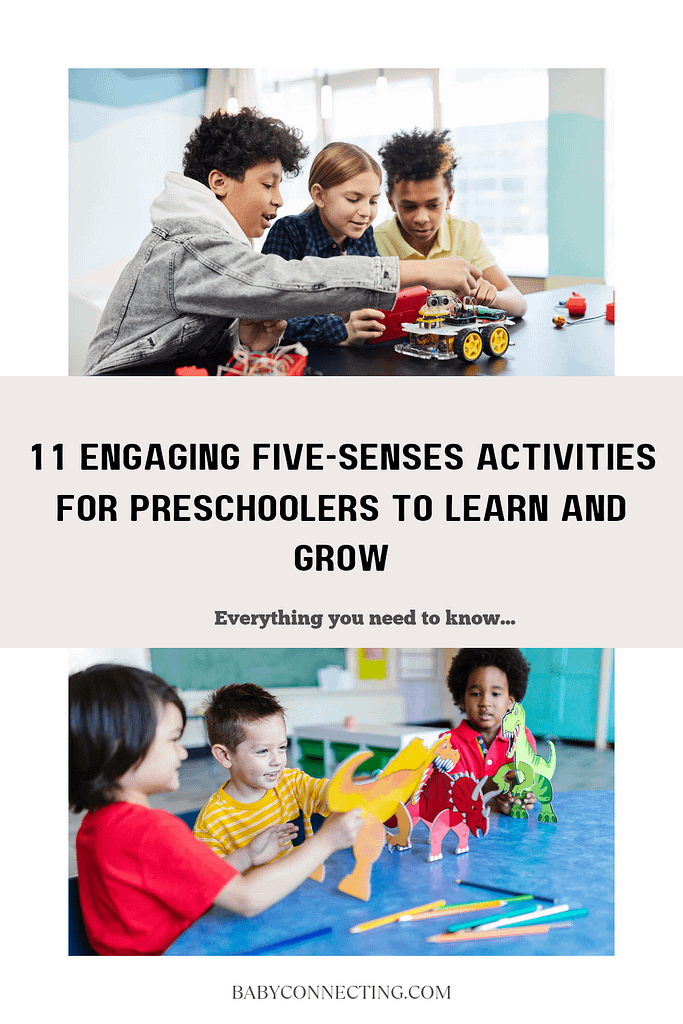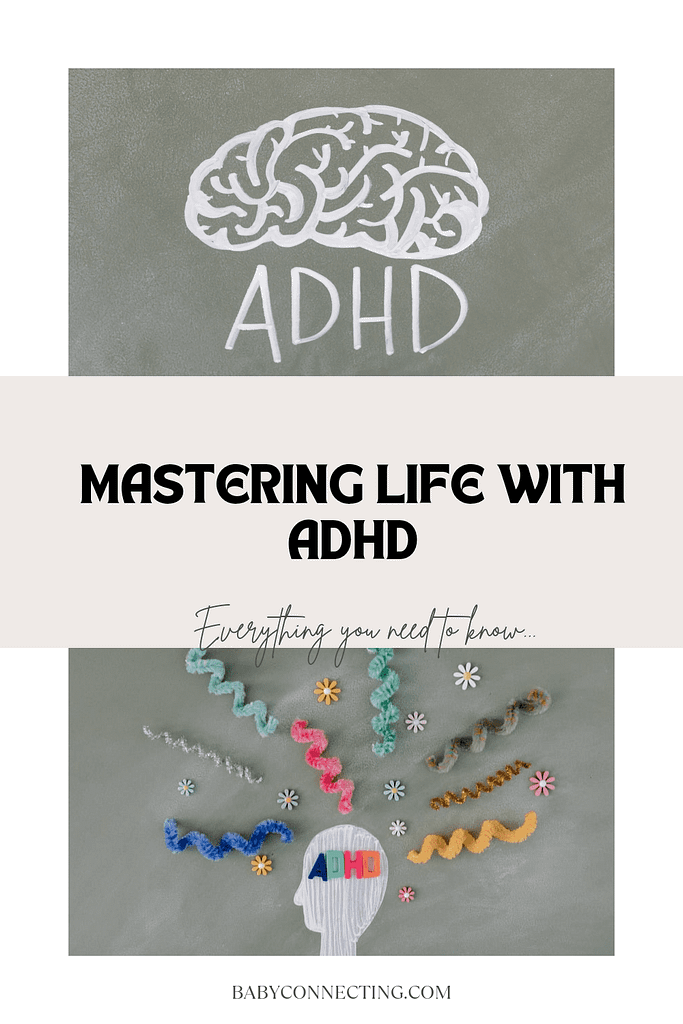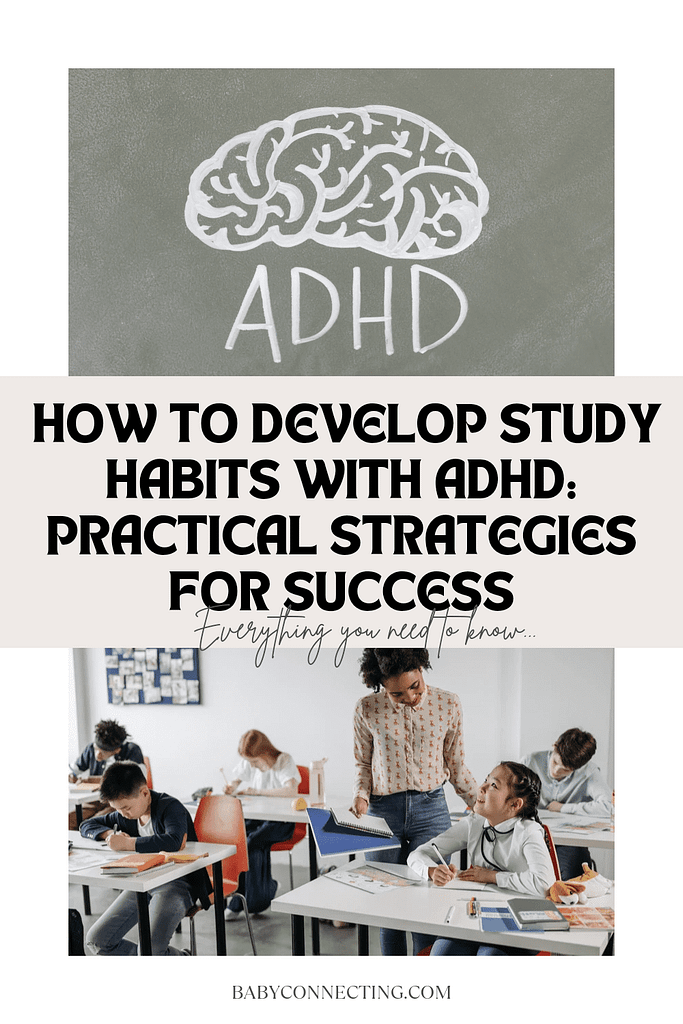“Exploring the World: 11 Engaging Five-Senses Activities for Preschoolers to Learn and Grow”
Introduction:

For preschoolers, learning about the world around them is an exciting and immersive experience. Engaging their five senses—sight, hearing, taste, smell, and touch—can help preschoolers develop a deeper understanding of their environment while honing their cognitive and sensory skills. In this article, we’ll explore eleven interactive and hands-on activities that stimulate the five senses and promote holistic learning for preschoolers, supported by research references.
1. Sensory Scavenger Hunt:
Engage preschoolers in a sensory scavenger hunt where they use their senses to explore their surroundings. Provide a list of items to find based on different sensory experiences, such as something soft to touch, something fragrant to smell, or something crunchy to taste.
2. Texture Exploration:
Set up a texture exploration station with various materials such as sandpaper, cotton balls, feathers, and smooth stones. Encourage preschoolers to touch and feel each texture, describing how it feels and comparing it to other textures.
3. Sound Sorting Game:
Create a sound sorting game where preschoolers listen to different sounds and match them to corresponding pictures or objects. Use recordings of familiar sounds such as animal noises, musical instruments, or environmental sounds.
4. Taste Testing:
Conduct a taste testing activity where preschoolers sample different flavors and textures of foods. Provide a variety of foods such as sweet fruits, salty crackers, sour citrus, and bitter vegetables, allowing them to explore taste sensations.
5. Scented Sensory Bins:
Fill sensory bins with scented materials such as dried herbs, spices, flowers, or citrus peels. Encourage preschoolers to explore the different scents, identifying each one and describing its aroma.
6. Nature Walk Observation:
Take preschoolers on a nature walk where they can observe and interact with their natural environment. Encourage them to use their senses to notice the sights, sounds, smells, and textures of plants, flowers, trees, and wildlife.
7. DIY Sensory Bottles:
Create DIY sensory bottles filled with a variety of materials such as colored water, glitter, beads, and small objects. Seal the bottles securely and allow preschoolers to shake, roll, and observe the sensory contents.
8. Cooking and Baking Activities:
Engage preschoolers in cooking and baking activities where they can explore different ingredients, textures, and flavors. Encourage them to mix, stir, knead, and taste as they help prepare simple recipes.
9. Sensory Storytelling:
Incorporate sensory elements into storytelling by using props, music, and dramatic play. Encourage preschoolers to act out scenes, make sound effects, and engage their senses as they listen to and participate in the story.
10. Outdoor Sensory Garden:
Create an outdoor sensory garden where preschoolers can explore and interact with plants using their senses. Include fragrant flowers, textured leaves, wind chimes, and tactile pathways for a multi-sensory experience.
11. Yoga and Mindfulness Activities:
Introduce yoga and mindfulness activities that engage preschoolers’ senses while promoting relaxation and focus. Encourage them to practice deep breathing, mindful listening, and sensory awareness exercises.
Research References:
1. Rosenblum, L. D., & Johnson, J. A. (2016). Scaffolding sensory integration through mindfulness-based cognitive therapy: A proposal for training and practice. Mindfulness, 7(1), 63-73.
2. Akpinar, E., Aktan-Erciyes, A., & Erciyes, A. T. (2018). The effects of sensory integration-based activities on balance in children with cerebral palsy: a randomized controlled study. Clinical Rehabilitation, 32(7), 941-951.
3. Dunn, W. (2014). Sensory processing in children with and without autism: A comparative study using the short sensory profile. The American Journal of Occupational Therapy, 68(2), 229-238.
Conclusion:
Engaging preschoolers in five-senses activities not only stimulates their sensory exploration but also fosters cognitive, social, and emotional development. By providing opportunities for preschoolers to actively engage with their environment using sight, hearing, taste, smell, and touch, educators and caregivers can support holistic learning and sensory integration. These eleven interactive activities offer meaningful experiences that inspire curiosity, creativity, and discovery, laying the foundation for a lifelong love of learning.


